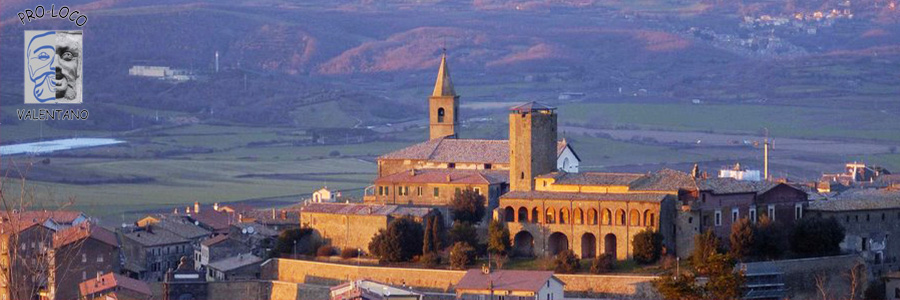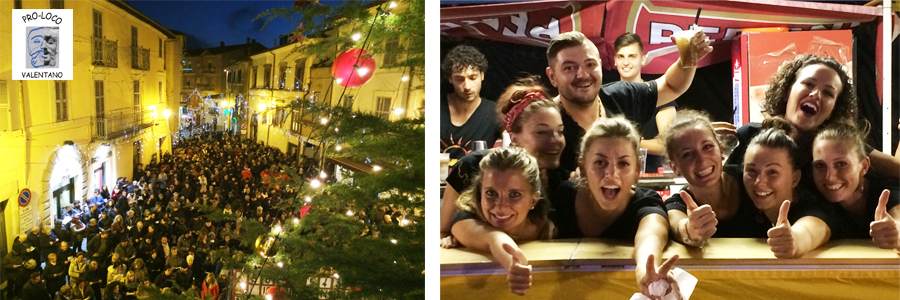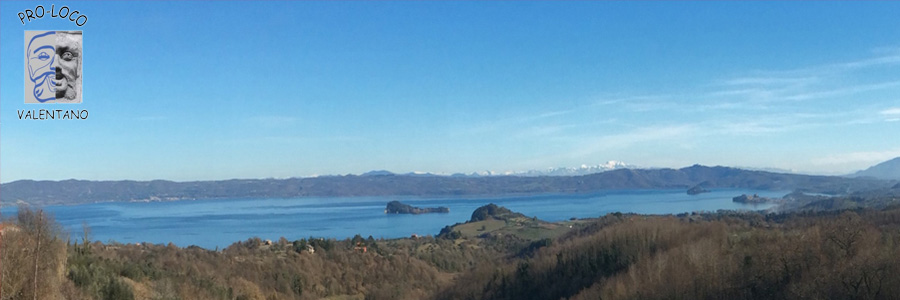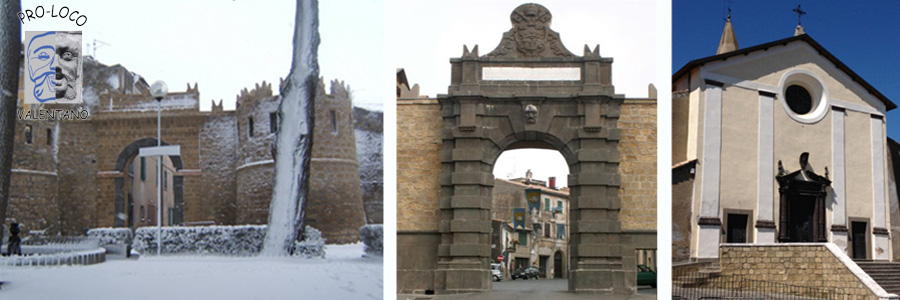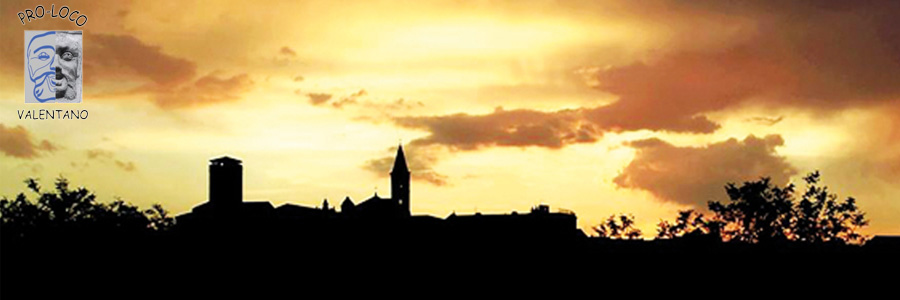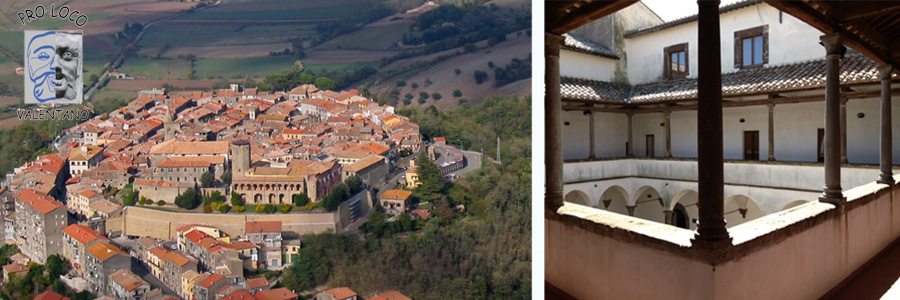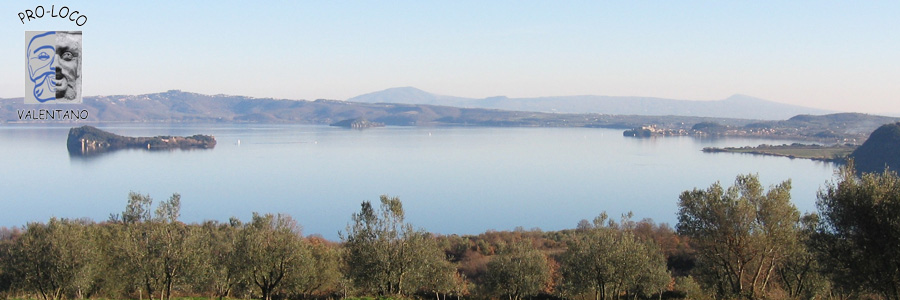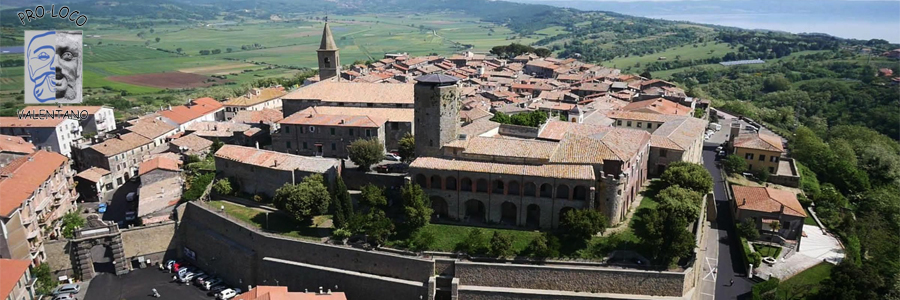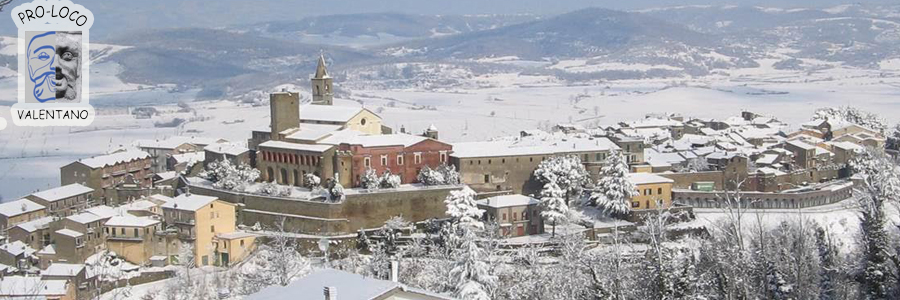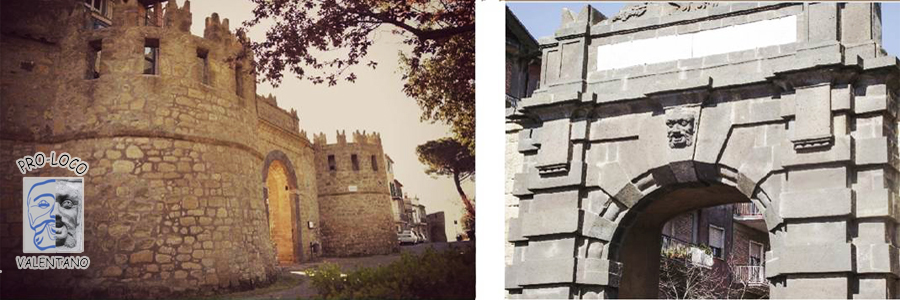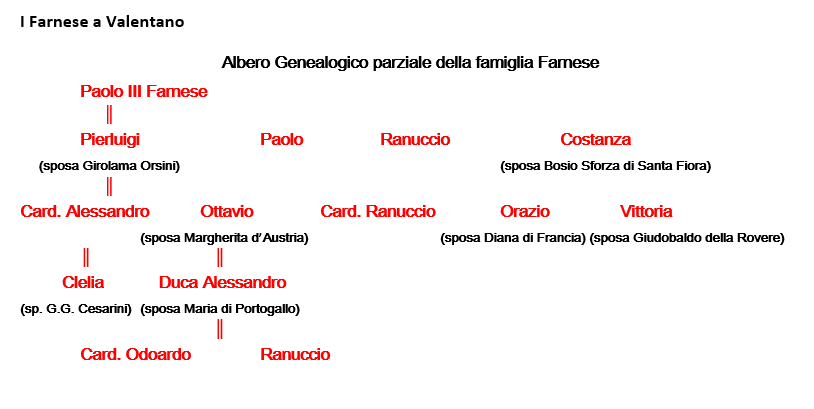History
Una terra felice in cui la preistoria del lago di Mezzano, “la perla azzurra”, si fonde alla storia classica e a quella medievale dell’antico borgo per divenire Rinascimento splendido con la corte dei Farnese, sino a percepire, nelle tradizioni arcaiche ma ancora vive, il senso del paese e della sua dimensione.
Since prehistoric times, the territory around Valentano has been the site of human settlements, whose traces are visible under the waters of Mezzano's Lake and in many other offshore sites around the village.
The origins date back to the Copper Age and the Bronze era, with traces dating back to about 20,000 years ago; particularly relevant was the discovery - in 1972 - of dwelling villages submerged under Mezzano's waters.
The territory, crossed by rivers and streams, was strewn with villages and huts, whose traces are still visible testimonies.
There is a lot of hypotheses about the origin of the name, including one that tells how Leone IX decided to build two castles around Bolsena's Lake: one in Val di Lago and the other in a rich valley of alder trees, so called "Valle(y) Ontana". Another plausible hypothesis rather derives from Valente, a landowner lord who in ancient times used to live in this area (the suffix -ano often means property "of", from which Valente-ano, Valente's property).
An unconfirmed tradition confirms instead that Valentano derives from the Etruscan Town "Verentum", although no traces of Etruscan presence have been found in the current settlement (perhaps because of the terrain strewn with volcanic lapilli, not suited to build and maintain underground "ipogei"); nonetheless. there are reports of Etruscan settlements in Monte Becco and other traces are visible in places like Spinetto, Vallone, Santa Lucia, and at the nearby Bisenzo.
From the Roman period, however, a lot of remains are still visible in the numerous villas scattered along a byway of the Via Clodia; such rustic villas turned over time into small villages. There are also remains of Lombard fortifications (see Fortezza), with a necropolis which gathered some remains now shown in the local museum: two "sax" (axes), potteries, and other pieces.
The first info about Valentano should be dated as of 680 A.D., when the bishop of the destroyed city of Bisenzo is supposed to be moved to this center for a short time, but this is a story to be verified.
The very first document that testifies the presence of a place called "Valentano" is from the Regesto di Farfa (813). Other documents stored in the Abbey of San Salvatore on Mount Amiata (A.D. 827, 839, 844), state other important news about the country, the center of Mezzano, and Villa delle Fontane (Vico Funtanille).
Follow the incursions of the Hungarians (up to 915) and those of the Saracens, from 828 to 964, the year of the destruction of the city of Vulci; it is in this period that kicks off the phenomenon of, during which the inhabitants of the villages and the countryside move to the fortified centers, such as the castles protected by walls to defend themselves from barbarian raids.
In 1053 the country, under Leone X, is already structured, organized and appears as a free city, in the same current site, with its church dedicated to St. John the Evangelist and the Castle. From this time and until the middle of 1300 the town experienced the said destructions, fires, and reconstructions, mainly due to the alternation of the domain of the nearby cities of Orvieto and Viterbo.
It should be mentioned that a Templar domus with the Church of "Sancta Maria ad Templum" stood in Villa Fontane; on its doors, in 1309 the decrees of the trial to the Templars were posted; then the Church passed to the Knights of Malta, who kept it until 1860.
In 1354 the town, recovered by Cardinal Albornoz, was assigned to the Farnese lordship, which held it for many years, turning the ancient defense fortress into a residential palace for the Family, with a Renaissance courtyard and frescoed halls, also requiring the intervention of Antonio da Sangallo the Younger. Inside the fortress, in 1488, the charming Cortile d'Amore ("loving courtyard") was build in honor of the marriage between Angelo Farnese, son of Pier Luigi the Elder, and the noblewoman Lella Orsini from Pitigliano, symbolized by the family crests carved in the lower colonnade capitals. In that period, important figures were born in the Rocca, such as Alexander and Ranuccio, future cardinals, the Dukes Ottavio (who married Margaret of Austria, daughter of Charles V), Horace and Vittoria; in 1534 Alessandro Farnese was elected pope under the name of Paul III, and so the large upper loggia with eleven arches made of tuff and bricks west oriented that he wanted, was named in his honor Loggia Paolo III Farnese.
This splendid moment, empowered by Farnese's family, brought Valentano to be included in the Duchy of Castro (1537), and then to become its capital when, due to the disputes between the Farnese and the Apostolic Chamber, Castro was completely destroyed (1649).
The events of the following centuries record the abandonment of the fortress by the Farnese and its transformation in the Monastery of the Dominican Nuns.
In 1779, following the collapse of the ancient "Porta Romana" erected since the time of Pope Martino V Colonna in 1417, the new gateway was built, renamed as "Porta Magenta" but commonly known as "Vignola's Arch" (its style repeats that of the famous architect, also designer in Valentano for the League's Mill project, located along the river Olpeta).
The French period is poorly documented in the municipal.
The Valentanesi were included in the Castrense Association (1848), and then in the League of Municipalities of Castro that was opposed to the temporal power of the Pope and hoped, in the spirit of the time of the Risorgimento, Italy's union throughout. A garrison of Papal Zouaves, the country recorded the arrival and clashes with the partisans in 1867. But 1870 was approaching, and while celebrating the capture of Rome, the Zouaves burned almost all of the historical archives of the city in the main square of the country; part of those cards survived to the fire, and still remains as a precious and irreplaceable evidence, together with the administrative papers of the destroyed city of Castro.
The '900 opened with the peasant struggles and the occupation of the lands of Mezzano, but it was not until the end of World War I that the so-called "enfiteusi" (a sort of perpetual lease) were distributed to the veterans.
The fortress (or castle), abandoned in 1957, was restored in 1979 and inaugurated in 1996. It now houses the cultural structures of the country with the Museum of Prehistory of Tuscia and Rocca Farnese, the rich fund municipal library and library manuscripts, rooms for conferences and exhibitions.
